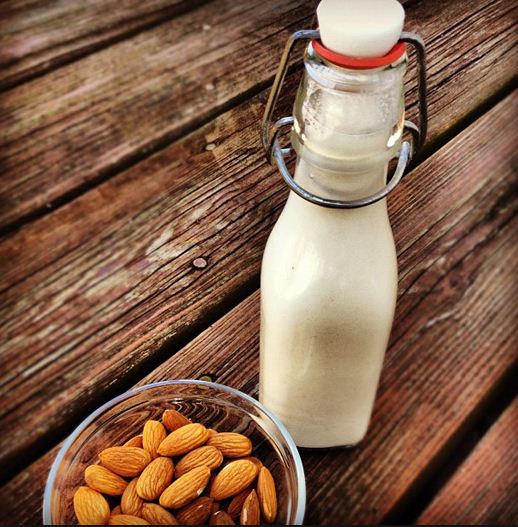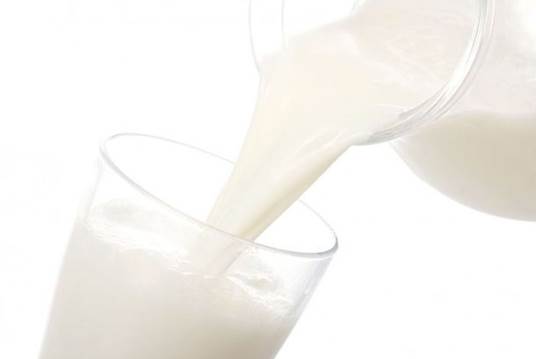Your three different types of milk
1.
Liquid gold
Owing to its yellowish, creamy color and
high nutrient content, colostrum has been dubbed ‘liquid gold’.
It’s the first phase of mom’s milk produced
in late pregnancy and contains antibodies to protect your newborn against
disease. It’s lower in fat and higher in protein than breast milk.

It’s
the first phase of mom’s milk produced in late pregnancy and contains
antibodies to protect your newborn against disease. It’s lower in fat and
higher in protein than breast milk.
Colostrum delivers its nutrients in a
low-volume concentrated form to the developing digestive system of the newborn.
Its mild laxative quality stimulates the passing of your baby’s first stool
called meconium. The process also clears excess dead red blood cells, produced
in large quantities at birth, and helps prevent jaundice.
Colostrum will protect your baby from
various bacterial and viral illnesses. Around two to four days after birth, it
will be replaced by transitional milk.
2.
Transitional milk
Your transitional milk follows colostrum
and lasts for around two weeks. It includes high levels of fat, lactose,
water-soluble vitamins and contains more calories than colostrum.

Your
transitional milk follows colostrum and lasts for around two weeks.
3.
Mature milk
Mature milk is the final phase and contains
90 percent water to keep your baby well hydrated. The rest contains
carbohydrates, proteins and fats, all of which are necessary for baby’s growth
and energy.
Mature milk has been categorized into
foremilk and hind milk. Foremilk occurs first and contains water, vitamins and
protein. Hind milk follows with high levels of fat and is necessary for sufficient
weight gain.
Both types play their role during
breastfeeding to ensure your baby receives adequate nutrition and grows and
develops properly.

Mature
milk has been categorized into foremilk and hind milk.
Because of their high nutrition and strong immune
properties, there is a demand for colostrum and breast milk for babies who are
unable to get these benefits naturally.
Moms who can’t produce milk or are
prevented from breastfeeding, can access milk from donor banks which collect
and distribute milk from lactating mothers.
The midwives and nurses at the hospital are
there to help and advise you on the best way to breastfeed your baby.